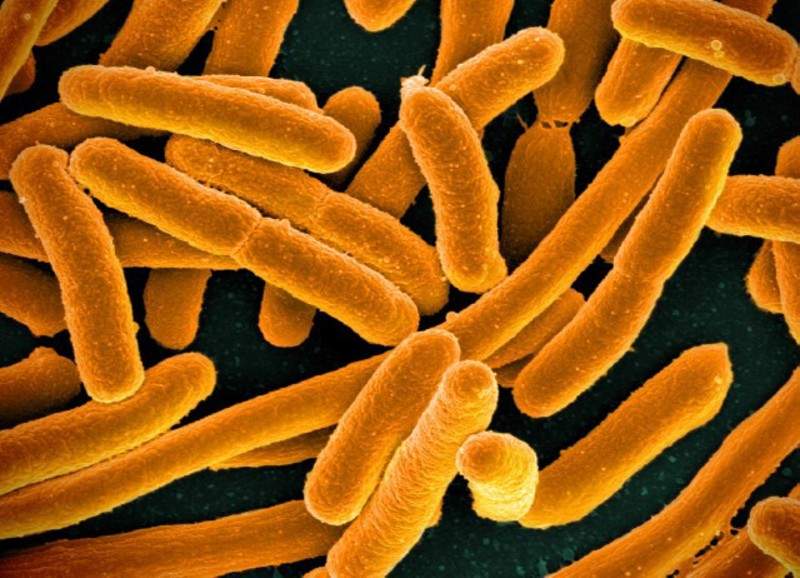
Researchers at the University of California, Los Angeles (UCLA) have discovered that nearly 8,000 four and five-antibiotic combinations are more effective at treating their indicated conditions than previously thought.
The prevailing opinions of scientists have been that the combination of more than two medications would not be effective at killing harmful bacteria. The effects of such combinations are expected to be ‘too small to matter’ or there is the possibility that one drug would cancel out the benefits of another.
However, UCLA’s new research found that the combination of four or five existing drugs could slow the spread of antibiotic-resistant bacteria. The team expects the new discovery to help to improve efforts to protect public health.
UCLA ecology and evolutionary biology assistant professor Pamela Yeh said: “There is a tradition of using just one drug, maybe two. We’re offering an alternative that looks very promising.
“We expect several of these combinations, or more, will work much better than existing antibiotics.”
The researchers made a total of 18,278 four and five antibiotic combinations using eight drugs. They tested the groupings against E coli bacteria, and predicted their effectiveness prior to assessment.

US Tariffs are shifting - will you react or anticipate?
Don’t let policy changes catch you off guard. Stay proactive with real-time data and expert analysis.
By GlobalDataIt was observed that 1,676 four-drug and 6,443 five-drug combinations demonstrated more effectiveness than predicted.
However, the team also found certain combinations to be less effective than expected. These included 2,331 four-drug and 5,199 five-drug groupings.
The eight tested antibiotics had six different mechanisms. The researchers believe that this factor led to partial effectiveness of certain antibiotic combinations analysed.
UCLA ecology, evolutionary biology and biomathematics professor Van Savage said: “Some drugs attack the cell walls, others attack the DNA inside. Combining different methods of attacking may be more effective than just a single approach.”
The team added that while the results are promising in laboratory setting, additional research is required to evaluate their use in humans.
The next step for the UCLA researchers is to develop open-access software based on their research.
The software will be available to other scientists next year, and will facilitate analysis of various antibiotic combinations studied by the UCLA team. Other scientists can also input data from their own tests.



